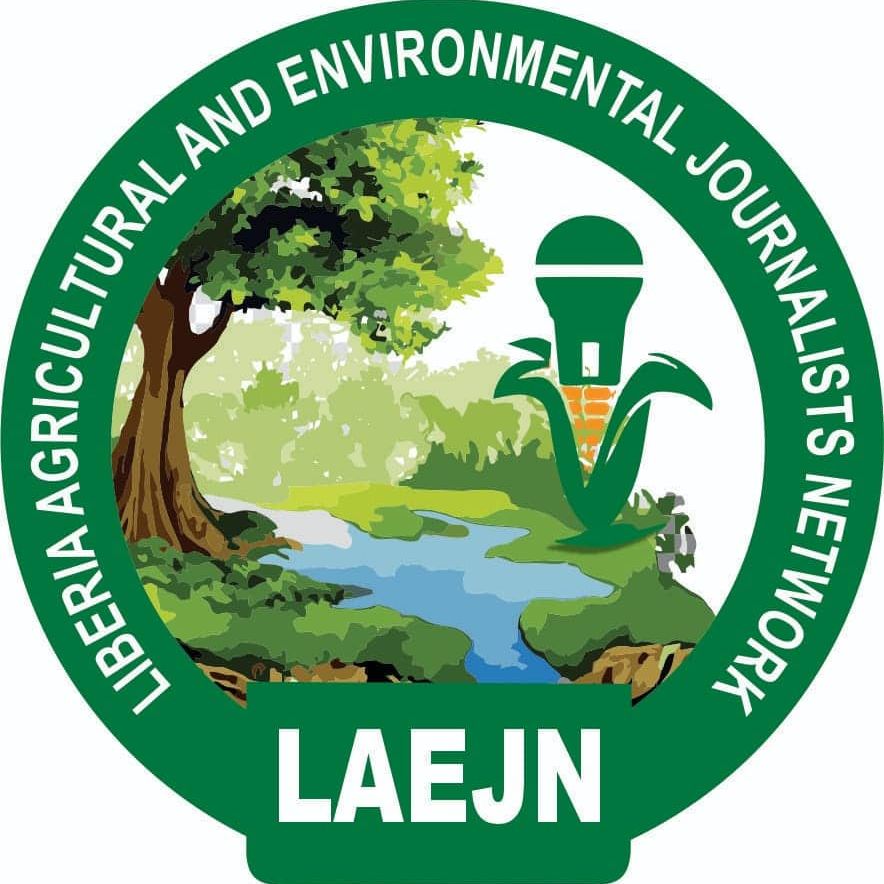By Maximo Torero
For the first time in years, global hunger is edging down: from 8.5 percent of the world population in 2023 to 8.2 percent in 2024, according to the UN’s food security report. It’s a modest but welcome shift from the devastating surge that followed the pandemic. But Africa is a notable exception to this global trend.
Last year, more than 307 million people on the continent — one in five Africans — were chronically hungry. That’s nine million more people than in 2023. The cost of a healthy diet rose fastest in Africa, leaving more than 1 billion people unable to afford one.
And yet, a small group of African nations have shown that real progress is possible even in the midst of steep food price inflation.
Gambia, Liberia, Rwanda, Sierra Leone, Togo, Uganda, the United Republic of Tanzania, and Zimbabwe all reduced hunger even as food prices soared from 2.3 percent in 2020 to 13.6 percent in 2023. Zimbabwe was among the countries that experienced hyperinflation, with prices at one point soaring more than 350 percent year-on-year in 2020.
The world was hit by a convergence of crises between 2020 and 2024. The pandemic drove up food prices as lockdowns disrupted supply chains and shipping cost surged. Then the war in Ukraine sent food, fuel, and fertilizer prices skyrocketing. Wealthy countries rolled out massive stimulus to avert recession, then reversed course with steep interest rate hikes to rein in inflation.
For nations that depend on food imports, this was a double blow as their currencies weakened and import costs amplified. This dynamic made hunger rise faster in sub-Saharan Africa than in any other region.
Even so, the small group of countries mentioned above reduced hunger by 1.2 to 2 percent since 2021. They are small but measurable gains. The countries combined targeted policies to cushion the impact of inflation: social protection programs, tax relief on food and price controls, and agricultural subsidies to support farmers. And they refrained from introducing trade restrictions that could distort markets.
When shocks hit, the first responsibility of policymakers is to shield their most vulnerable populations. As food prices spiraled, this is exactly what the countries did. They expanded social protection — from cash transfers to school meals and food-for-work — preventing vulnerable households from sliding deeper into hunger. In Togo, government cash transfers were especially effective in mitigating the impact of soaring prices.
In fact, many African countries cut or suspended food taxes and imposed temporary price caps, providing short-term relief and helping avert an even deeper deterioration in food security.
Well-targeted agricultural production subsidies were part of the balanced policy mix. In Tanzania and Zimbabwe, governments renewed efforts to support farmers, particularly with fertilizers and seeds, to boost domestic supply and reduce reliance on imported staples. Such subsidies were justified by the extreme circumstances and should be phased out smoothly as conditions improve.
Crucially, the countries that made gains in hunger reduction didn’t resort to heavy-handed, long-term trade barriers. By avoiding such restrictions, they steered clear of market distortions, which ultimately undermine food security. History proves that barriers only make shortages worse. The global food crisis of 2007–2008 was intensified as countries put in place export bans to protect domestic supply, which drove prices even higher.
The most reliable path to sustainably lowering food prices is for governments to invest in their agrifood systems. Advancing agricultural R&D, investing in transport and storage infrastructure, and strengthening processing and agribusiness would help address vulnerabilities along the chain from production through distribution to consumption. When supply chains are strong, prices are less volatile.
The lesson is clear: in times of crisis, governments must balance immediate relief with structural reforms to build resilience.
Naturally, policy recommendations must be tailored to each country’s unique circumstances. Sometimes, even tested measures alone cannot stabilize prices, and nations must seek external support and leverage partnerships.
Additionally, self-sufficiency shouldn’t be a goal, as it’s costly, inefficient, and doesn’t guarantee resilience. Food security is better achieved through open trade and investment in agriculture and food systems.
Africa is on the frontline of the global fight against hunger. If current trends continue, nearly 60 percent of the world’s chronically hungry will be living in Africa by 2030. Changing this trajectory rests in the hands of countries themselves.
Maximo Torero is the chief economist of the UN’s Food and Agriculture Organization in Rome.
 Liberia Agricultural and Environmental Journalists Network (LAEJN) Promote informed journalism and public engagement on agricultural and environmental nalists Network (LAEJN)
Liberia Agricultural and Environmental Journalists Network (LAEJN) Promote informed journalism and public engagement on agricultural and environmental nalists Network (LAEJN)






